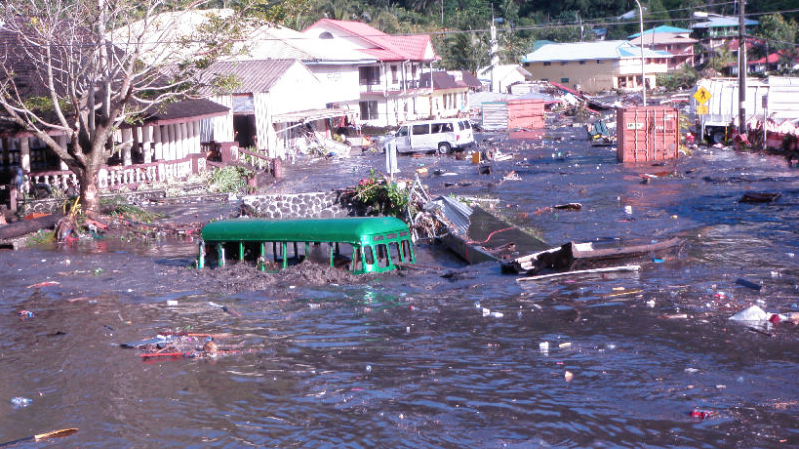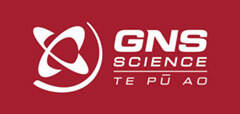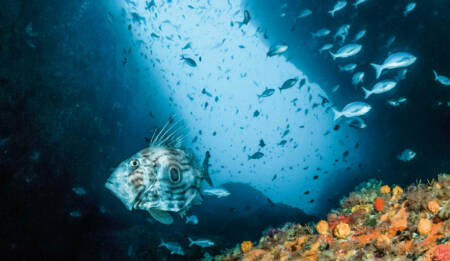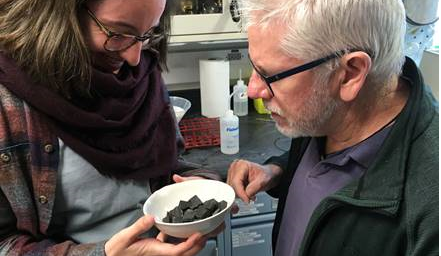Rapid Characterisation of Earthquakes and Tsunami: Fewer deaths and faster recovery (R-CET)
State-of-the-art techniques are being used to monitor earthquakes and tsunamis in Aotearoa New Zealand and across the southwest Pacific in a novel project involving communities in Northland.

Background
Aotearoa New Zealand is positioned at the junction of two tectonic plates, meaning both large earthquakes and tsunamis could threaten its coastlines.
Current data processing immediately after an earthquake takes significant time to complete and doesn’t consider the time or spatial dimensions of earthquakes.
This project is focused on better detection of earthquakes and tsunamis though seismometers placed in Ngātiwai land across Northland. It will rely on local knowledge to help develop an array of instruments that continuously monitor this region which is prone to earthquake and tsunamis.
This project is part of the New Zealand government's National Science Challenges - Resilience to Nature's challenges
Project details
The project team is developing new processing techniques that combine seismic data and ocean observations, allowing the team to identify the areas most impacted by the earthquake and to assess the potential for coastal flooding from tsunamis. The team is also using artificial intelligence (machine learning) to develop rapid tsunami forecasts.
Data from the seismometers will be aligned to data taken from equipment deployed in the Pacific Ocean floor.
The project team is working with communities in Northland to increase natural hazard awareness and to incorporate traditional knowledge into monitoring efforts.
The project has established relationships with KiwiNorth / Whangarei Museum, urban and rural schools, and the Ru project at the University of Auckland.
The team has formed a long-term relationship with Ngātiwai kaumatua about the location of the seismometers.
What they hope to achieve
The goal is to optimise post-quake scientific processing and assess tsunami potential.
The project wants to increase local community awareness of, and resilience around, earthquake and tsunami hazards. It aims to incorporate mātauranga Māori into monitoring efforts, ensure formal and informal educational resources interweave mātauranga Māori and western science.
The project hopes to support a STEM / educational workstream using data from the monitoring. Schools will have both opportunities and physical equipment to supplement mathematics and science teaching. There will be additional scientific equipment in classrooms to teach children about seismic readings and earthquakes.
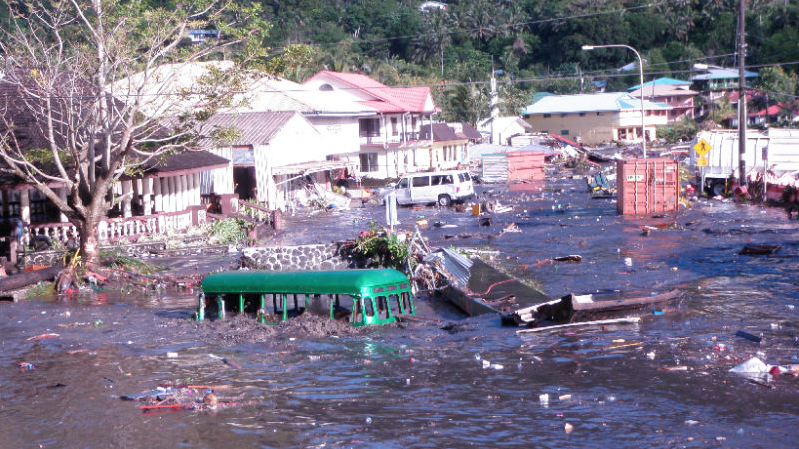
Resource

